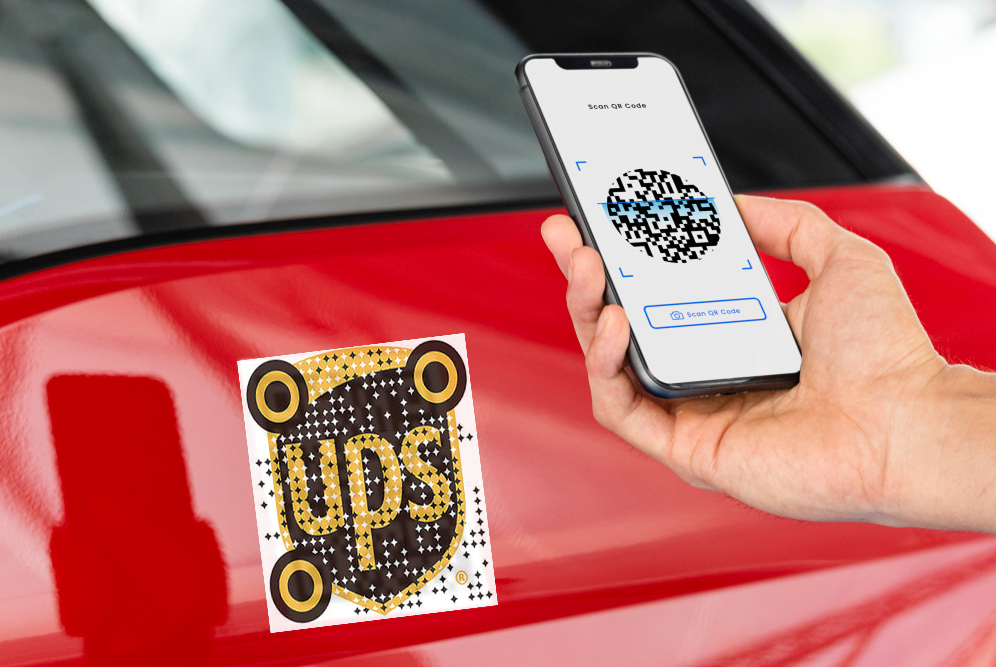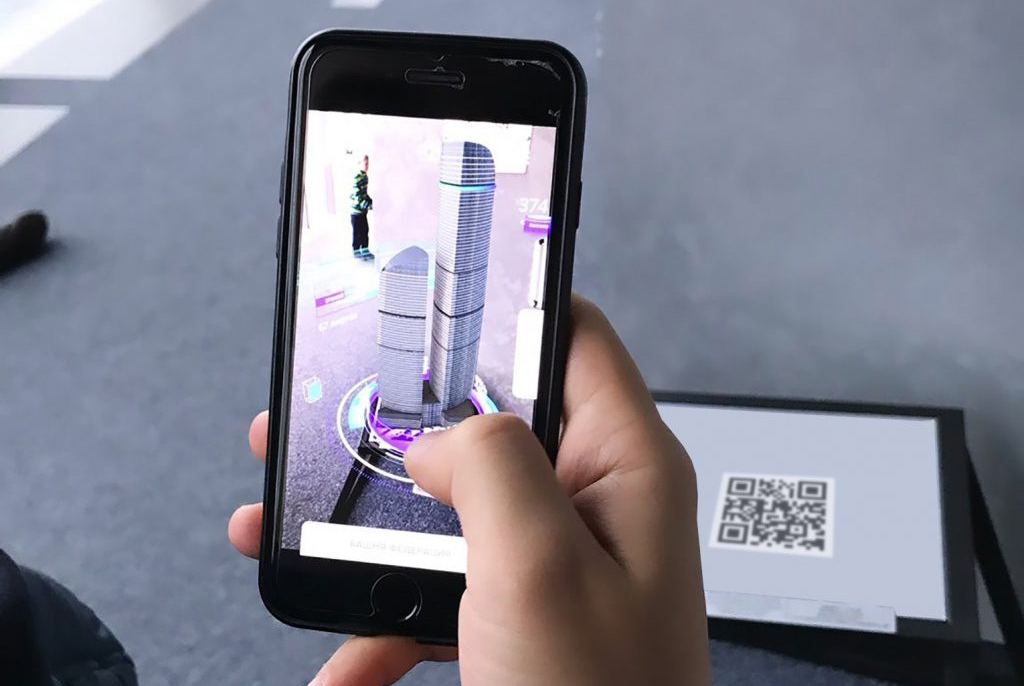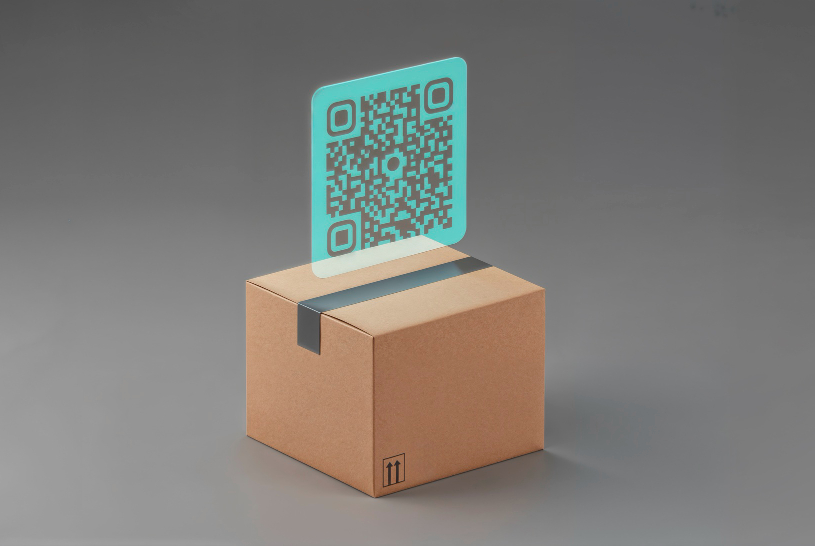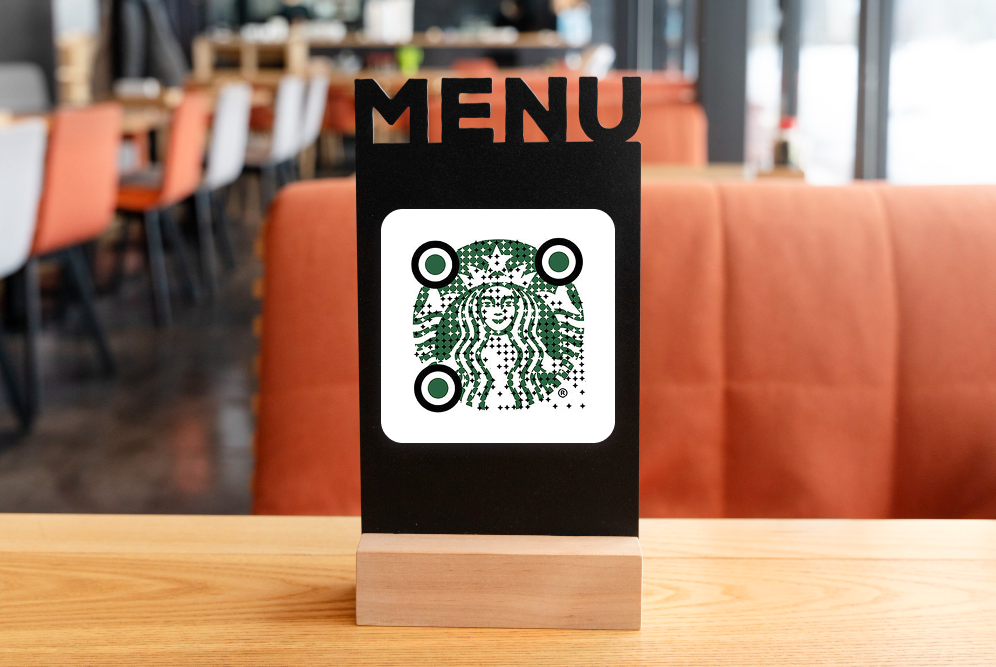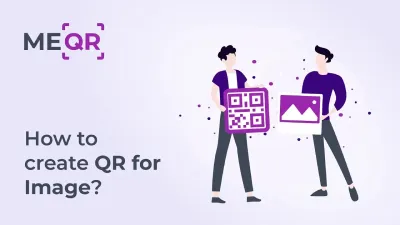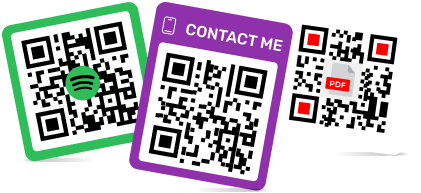Tech Meets Textile: QR Codes on Clothing
To create a QR code for a link, video or picture - click on the button below.

In the ever-evolving world of fashion, technology continues to weave its way into the fabric of our lives. One of the most intriguing intersections of tech and textiles is the clothes QR code. This article delves into the burgeoning trend of QR code fashion, exploring its applications, benefits, and future prospects.
Introduction to QR Codes in Fashion
As technology becomes increasingly integrated into our daily lives, the fashion industry has not been left behind. QR codes, once primarily associated with marketing and information sharing, are now finding a place in the world of fashion. This innovation not only enhances the consumer experience but also offers numerous benefits to businesses.
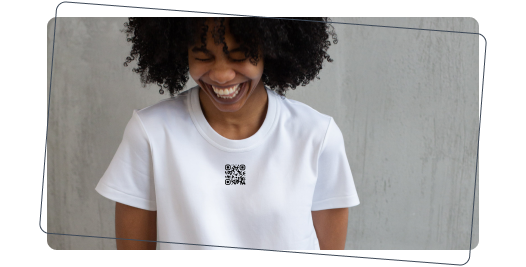
What Are QR Codes?
QR codes, or Quick Response codes, are a type of two-dimensional barcode that can be scanned using a QR Code Scanner to quickly access information. Developed in 1994 by Denso Wave, a subsidiary of Toyota, QR codes were initially used to track vehicles during the manufacturing process. Over time, their use expanded into various industries due to their ability to store a significant amount of data and their ease of use.
In today's world, QR codes are ubiquitous. They are used in marketing campaigns, for contactless payments, on business cards, and much more. By simply scanning a QR code, users can be directed to websites, download apps, access multimedia content, and perform numerous other functions.

The Rise of QR Code Fashion
The fashion industry is known for its constant innovation and willingness to embrace new trends. The incorporation of QR codes into clothing is a testament to this innovative spirit. Designers and brands are using QR codes in a variety of creative ways, from embedding them in fabric patterns to printing them on tags and labels.
This trend is not just about novelty; it offers practical benefits. QR codes on clothing can provide consumers with instant access to product information, styling tips, and exclusive offers. For brands, it offers a way to engage with customers on a deeper level and gather valuable data about their preferences and behaviors.
How QR Codes Are Used on Clothes
The integration of QR codes into clothing can be done in several ways, each serving a different purpose and offering unique benefits. Here, we will explore the primary methods of incorporating QR codes into fashion items.
QR Codes on Clothing Tags
The QR code on a clothing tag is one of the most common uses. These codes can provide a wealth of information about the product, such as:
-
Product Details: Information about the materials used, manufacturing process, and country of origin.
-
Care Instructions: Detailed washing and care instructions to help consumers maintain their garments.
-
Brand Information: Background on the brand, its values, and its other product lines.
-
Special Offers: Access to exclusive discounts, promotions, or loyalty programs.
By scanning the QR code clothing tag, consumers can access all this information without having to search online or refer to a manual. This method enhances the practicality of clothing tags, making them an essential tool for informed purchasing and garment care.
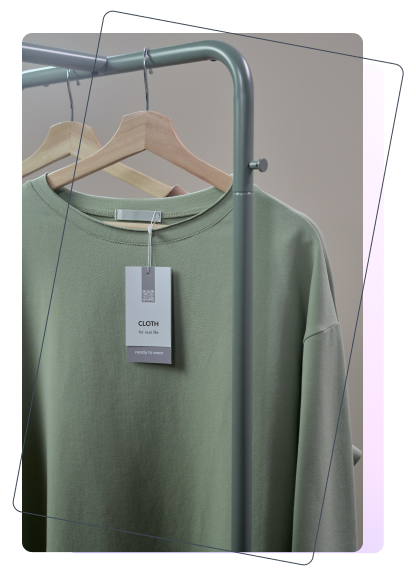

QR Code Clothing Label
QR codes on clothing labels take the concept a step further by offering a seamless way for consumers to interact with the garment. These labels can be discreetly placed on the inside of the clothing, ensuring they do not interfere with the design.
Some functionalities of QR code clothing labels include:
-
Digital Content: Access videos, tutorials, and other digital content related to the garment.
-
Styling Tips: Get suggestions on how to style the piece with other items in their wardrobe.
-
Virtual Try-Ons: Use augmented reality to see how the garment would look without trying it on physically.
These features make clothing labels more than just a branding tool; they become gateways to a richer, more interactive user experience.
QR Clothing: Enhancing the User Experience
QR clothing is about more than just providing information; it's about enhancing the overall user experience. Here are some ways QR codes are making fashion more interactive and enjoyable:
-
Personalization: Offering personalized recommendations based on the consumer's purchase history and preferences.
-
Community Engagement: Connecting consumers with brand communities, events, and social media platforms.
-
Exclusive Content: Providing access to behind-the-scenes content, interviews with designers, and other exclusive materials.
By incorporating these elements, QR clothing transforms traditional garments into interactive experiences, fostering deeper consumer connections and brand loyalty.

Benefits of QR Codes on Clothes
The use of QR codes in fashion offers numerous benefits for both consumers and businesses. Let's explore some of these advantages.
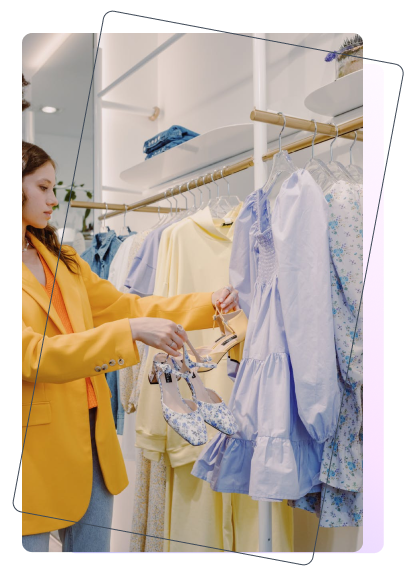
Improved Customer Engagement
QR codes are a powerful tool for boosting customer engagement. By providing interactive and personalized content, brands can create a more meaningful connection with their consumers. This can lead to increased loyalty and repeat purchases. Some ways QR codes enhance engagement include:
-
Interactive Content: Engaging consumers with videos, games, and other interactive content.
-
Personalized Offers: Sending tailored promotions and discounts based on the consumer's preferences and purchase history.
-
Feedback and Reviews: Encouraging consumers to leave reviews and feedback, helping brands improve their products and services.
These strategies not only make shopping more enjoyable but also build a stronger relationship between the brand and its customers.
Streamlined Inventory Management
For fashion businesses, QR codes can streamline inventory management and tracking, making the supply chain more efficient. This is particularly useful for large retailers and brands with extensive product lines. Benefits include:
-
Real-Time Tracking: Monitoring inventory levels in real time, reducing the risk of overstocking or stockouts.
-
Efficient Restocking: Streamlining the restocking process by quickly identifying which items need replenishing.
-
Supply Chain Transparency: Providing transparency in the supply chain, allowing consumers to see where their products come from.
Implementing these practices can significantly enhance operational efficiency and reduce costs associated with inventory management.
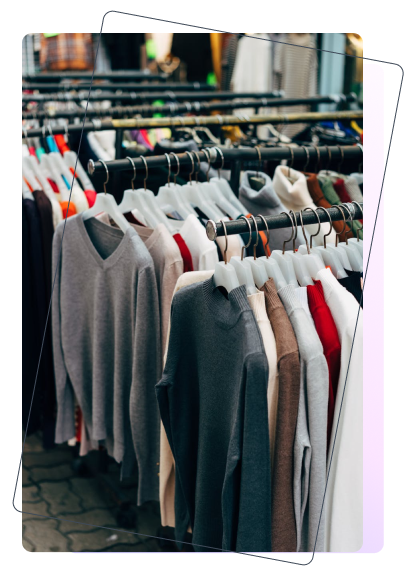

Sustainable Fashion Practices
Sustainability is a growing concern in the fashion industry, and QR codes can play a role in promoting responsible consumption. By providing detailed information about the product's origin and manufacturing process, QR codes can help consumers make more informed choices. Additionally, QR codes can support sustainable practices by:
-
Encouraging Recycling: Providing information on how to recycle or repurpose the garment.
-
Transparency: Offering insights into the brand's sustainability practices and initiatives.
-
Reducing Waste: Helping brands track and manage inventory more efficiently, reducing waste.
These efforts contribute to a more sustainable fashion industry, benefiting both the environment and brand reputation.
Implementing QR Codes in Your Textile Business
For fashion brands looking to integrate QR codes into their products, there are several steps and best practices to consider. Here, we provide practical advice for implementing QR codes effectively.
Designing QR Code Clothes
When designing clothes that incorporate QR codes, it's essential to consider both functionality and aesthetics. Here are some tips for effective design:
-
Placement: Choose a location that is easily accessible but does not interfere with the garment's design.
-
Size: Ensure the QR code is large enough to be scanned easily but not so large that it detracts from the design.
-
Integration: Seamlessly integrate the QR code into the garment's pattern or design to make it a natural part of the item.
By following these guidelines, brands can create QR-code clothes that are both functional and visually appealing.
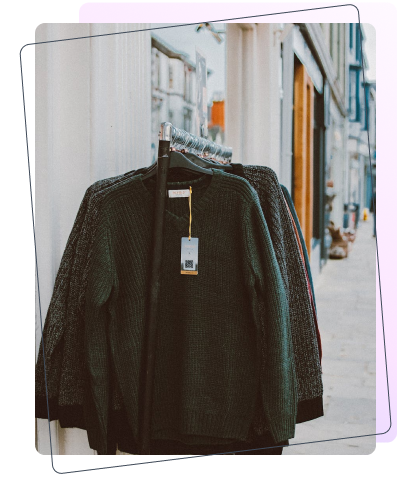

Best Practices for QR Code Clothing Labels
Creating QR code clothing labels requires careful planning to ensure they are durable and user-friendly. Best practices include:
-
Durability: Use high-quality materials that can withstand washing and wear.
-
Clarity: Ensure the QR code is printed clearly and is scannable even after multiple washes.
-
Instructions: Provide clear instructions on how to scan the QR code and what consumers can expect to find.
Adhering to these practices will help ensure that the QR codes remain functional and beneficial for the lifetime of the garment.
Case Studies: Successful QR Code Fashion Brands
Several fashion brands have successfully integrated QR codes into their products, showcasing innovative strategies and positive outcomes. Here are a few examples:
-
Tommy Hilfiger: Introduced QR codes on clothing tags that link to styling tips and exclusive content.
-
Nike: Uses QR codes on labels to provide product information and access to their loyalty program.
-
Gucci: Embedded QR codes in their fabric patterns to offer consumers a unique digital experience.
These case studies highlight the potential of QR codes to enhance the consumer experience and drive brand engagement.
In implementing QR codes, it’s crucial to use a reliable QR code generator like ME-QR, which offers customizable options to suit different branding needs and ensures the codes function seamlessly across various applications.
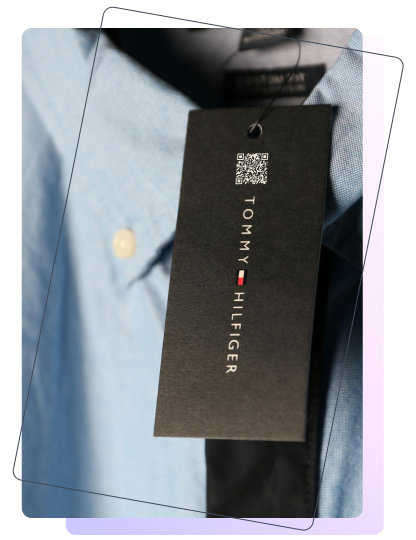
Put your QR code link, add name for your QR, select content category and generate!
Put your QR code link, add name for your QR,
select content category and generate!

Future Trends in QR Code Fashion
As technology continues to advance, the future of QR code fashion looks promising. Here, we speculate on potential developments and trends in this exciting intersection of tech and textiles.
Innovations in QR Textiles
Cutting-edge innovations in QR textiles are set to revolutionize the fashion industry. Some emerging trends include:
-
Smart Fabrics: Integrating QR codes into smart fabrics that can change color or display information based on external stimuli.
-
Interactive Clothing: Developing clothing that interacts with the wearer's smartphone or other devices to provide real-time information and updates.
These innovations are likely to make QR code fashion even more dynamic and integrated into everyday life.
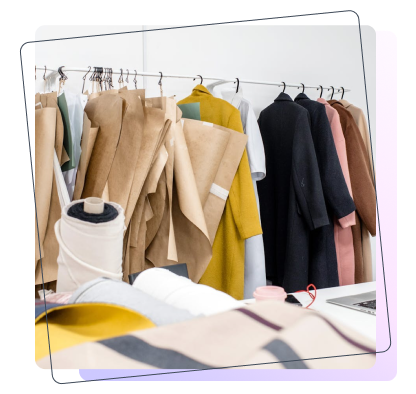

The Future of QR Clothing
The future of QR clothing is bright, with numerous potential applications and an evolving role in the fashion industry. Possible developments include:
-
Augmented Reality: Using QR codes to provide augmented reality experiences, such as virtual try-ons or immersive brand content.
-
Wearable Tech Integration: Combining QR codes with other wearable technologies to create multifunctional garments.
As these trends continue to develop, QR clothing will likely become an integral part of the fashion landscape, offering enhanced functionality and interactivity.
Conclusion
QR codes are transforming the fashion industry, offering new ways for brands to engage with consumers and streamline their operations. From providing product information to enhancing the user experience, QR codes are making fashion more interactive and sustainable. As technology continues to evolve, the potential for QR code fashion is limitless. Embracing this trend can help fashion brands stay ahead of the curve and meet the changing demands of today's consumers.



